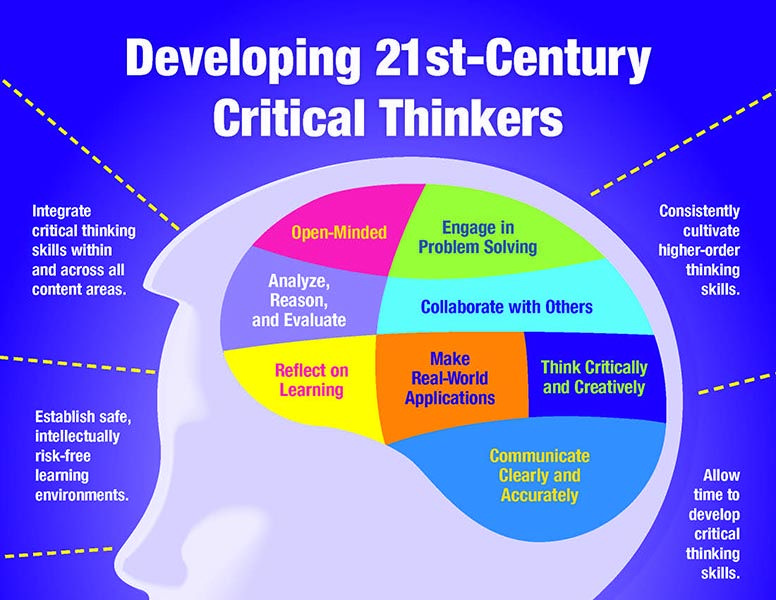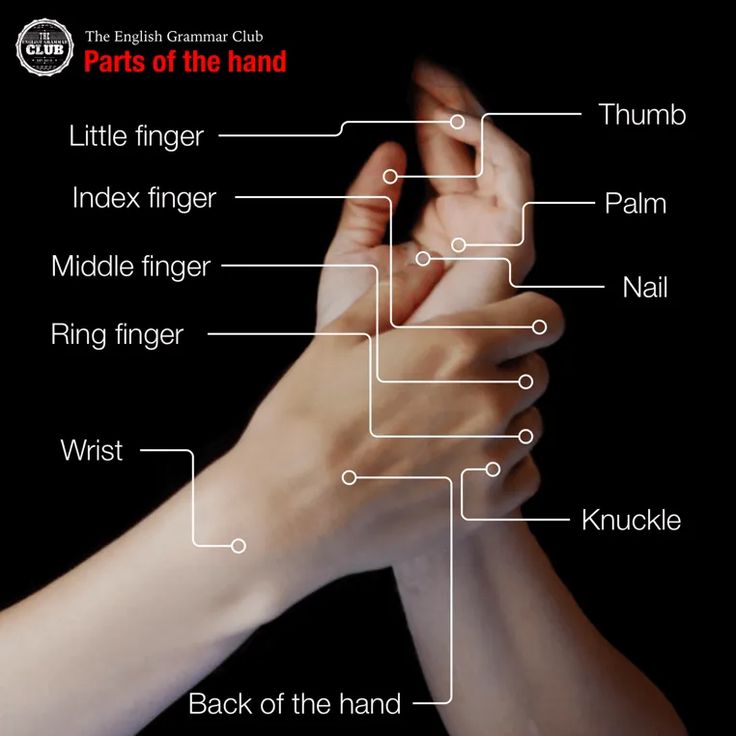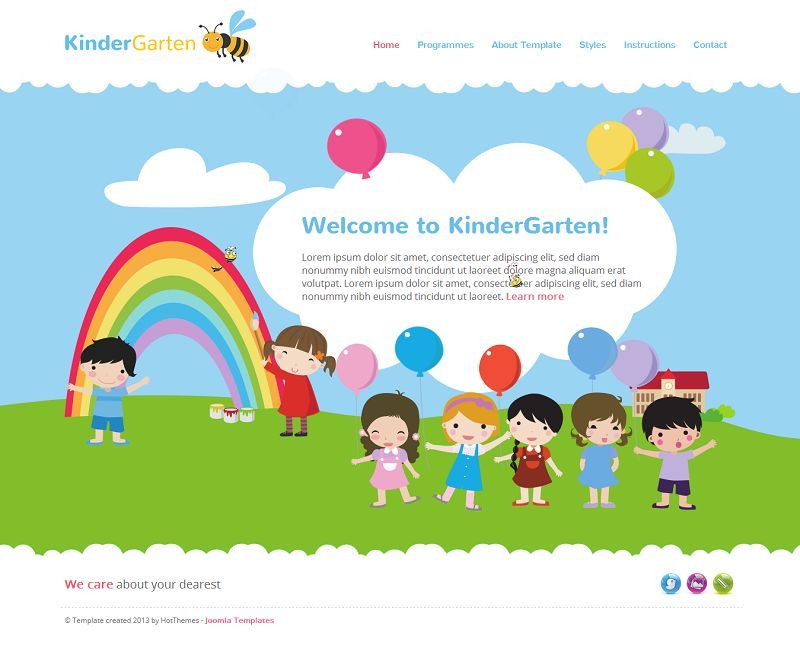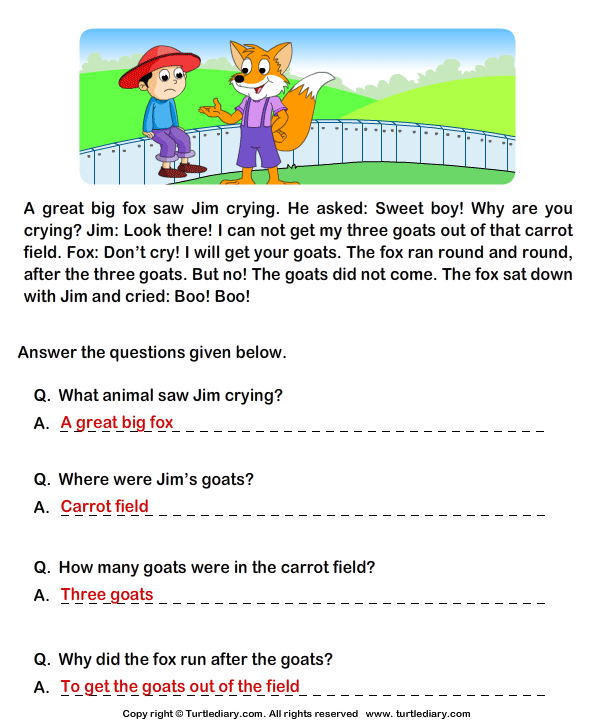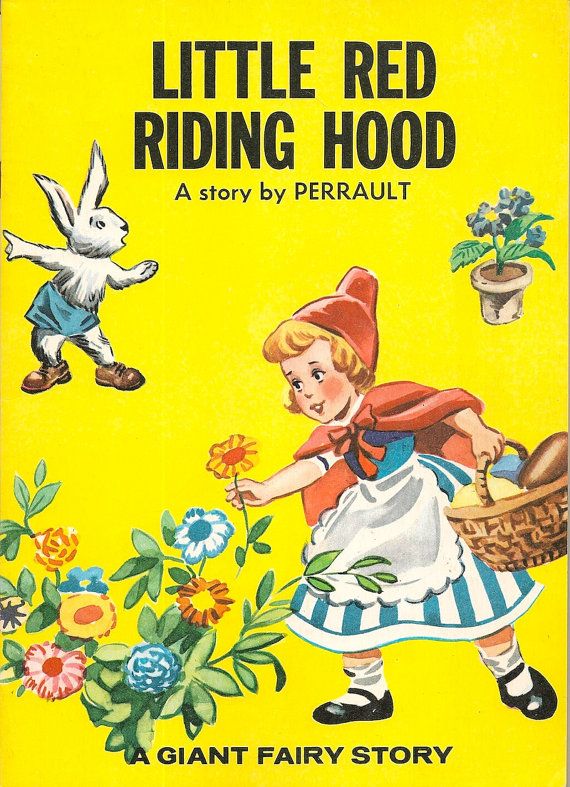Emergent reading skills
Emergent literacy | Literacy Instruction for Students with Significant Disabilities
“Emergent literacy is not age dependent but is based on experiences with print!”
–Karen Erickson and David Koppenhaver
Who are emergent readers and writers?
Emergent literacy is the term used to describe the reading and writing experiences of young children before they learn to write and read conventionally (Teale & Sulzby, 1986). Emergent literacy begins at birth, regardless of whether or not a child has a disability. For older emergent literacy learners, it is important to keep all activities age respectful.
Emergent literacy is commonly defined as the behaviors of reading and writing that lead to conventional literacy and “comprises all of the actions, understandings and misunderstandings of learners engaged in experiences that involve print creation or use” (Koppenhaver & Erickson, 2003, p. 283), and these experiences are not only necessary but closely related to later literacy outcomes (Justice and Kaderavek, 2004).
Emergent literacy behaviours and understandings are directly related to opportunity and experience. Students with significant disabilities often have the fewest learning opportunities and experiences that lead to literacy.
Students who are emerging in their understandings of literacy are working to understand the functions of print and print conventions. Developing phonological awareness, alphabet knowledge, and important receptive and expressive language skills will eventually allow students to use reading and writing to interact with others. Emergent readers and writers are making discoveries and learning about literacy when they explore literacy materials, observe print within the natural environment, interact with conventional readers and writers, and see models of how and why print is used (Teale & Sulzby, 1992). Examples of emergent literacy behaviors may include interpreting a story through pictures rather than through text, manipulating books in nonconventional ways (e. g., looking at the book from back to front or holding it upside down), scribbling, and the use of invented spelling (Clay, 1993; Koppenhaver, 2000).
g., looking at the book from back to front or holding it upside down), scribbling, and the use of invented spelling (Clay, 1993; Koppenhaver, 2000).
An emergent reader is one who is interested in books but can’t yet read them independently or may be able to read some words but requires continued support to make meaning from print. It could also be a student who is not yet interested in reading books. An emergent reader may have not yet developed intentional or symbolic means of communication.
A emergent writer is one who is learning to use written language to express communicative intent, and beginning writing is defined as starting with emergent writing (drawing, scribbling, and writing letters) and ending with conventional writing abilities, usually acquired by second or third grade for typically developing children. (Strum, Cali, Nelson, & Staskowski, 2012)
Regular participation in reading and writing activities plays a central role in supporting typical children’s understandings about print.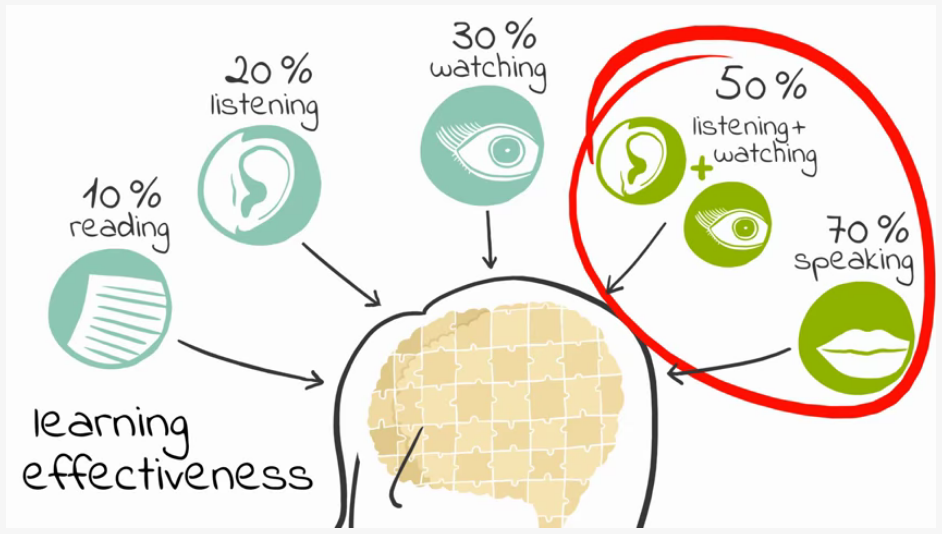 Research in emergent literacy shows that students with significant disabilities, including those with complex communication needs, can benefit from the same type of literacy activities used with typically developing children but may require more time and opportunity. Regular participation in reading and writing activities plays a central role in supporting understandings about print for ALL students.
Research in emergent literacy shows that students with significant disabilities, including those with complex communication needs, can benefit from the same type of literacy activities used with typically developing children but may require more time and opportunity. Regular participation in reading and writing activities plays a central role in supporting understandings about print for ALL students.
Many of the studies and literature surveys the last four decades have a common finding: nothing replaces sound early literacy instruction, even when taking into consideration recent technical advances.
If students with significant disabilities are not exposed to reading and writing materials, how can they learn to use them?
Old assumptions
An emphasis on functional skills, rote memorization, and readiness activities typically take precedence over in-depth literacy instruction (Skotko, Koppenhaver, & Erickson, 2004). Literacy development for 70-90% of students with significant disabilities rarely approached conventional literacy skills expected for typically developing students (Koppenhaver and Yoder, 1992).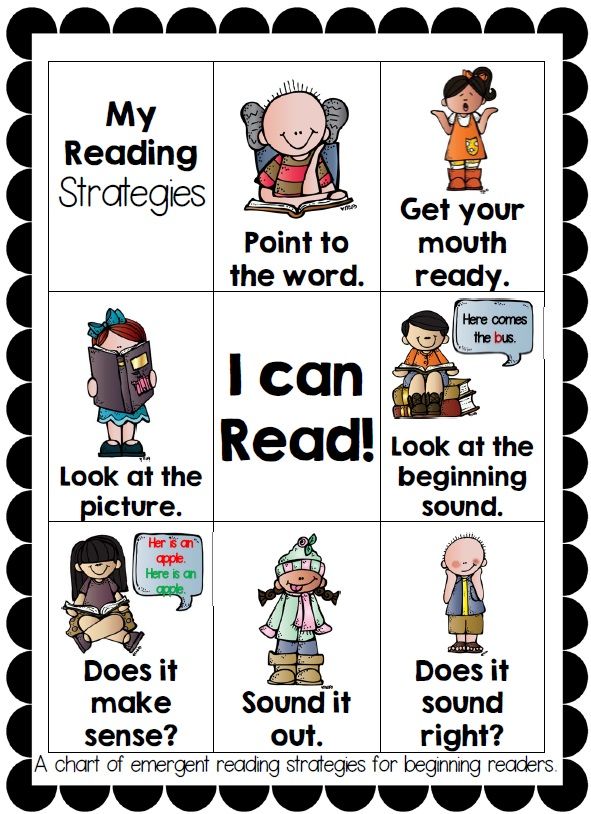
- Literacy is learned in a predetermined, sequential manner that is linear, additive, and unitary.
- Literacy learning is school-based.
- Literacy learning requires mastery of certain pre-requisite skills.
- Some children will never learn to read.
New thinking
Holistic and explicit instructional approaches to balanced literacy that include daily reading, writing, and word study are critical for all learners, including those with significant disabilities (Erickson, Koppenhaver, & Cunningham, 2006; Sturm & Clendon., 2004).
- Literacy is learned through interaction with and exposure to all aspects of literacy (i.e. listening, speaking, reading, and writing).
- Literacy is a process that begins at birth – there are no prerequisites.
- Literacy abilities/skills develop concurrently and interrelatedly.
- All children can learn to use print meaningfully.
From an emergent literacy perspective, reading and writing develop concurrently and interrelatedly in young children, fostered by experiences that permit and promote meaningful interaction with oral and written language (Sulzby & Teale, 1991), such as following along in a big book as an adult reads aloud or telling a story through a drawing (Hiebert & Papierz, 1989).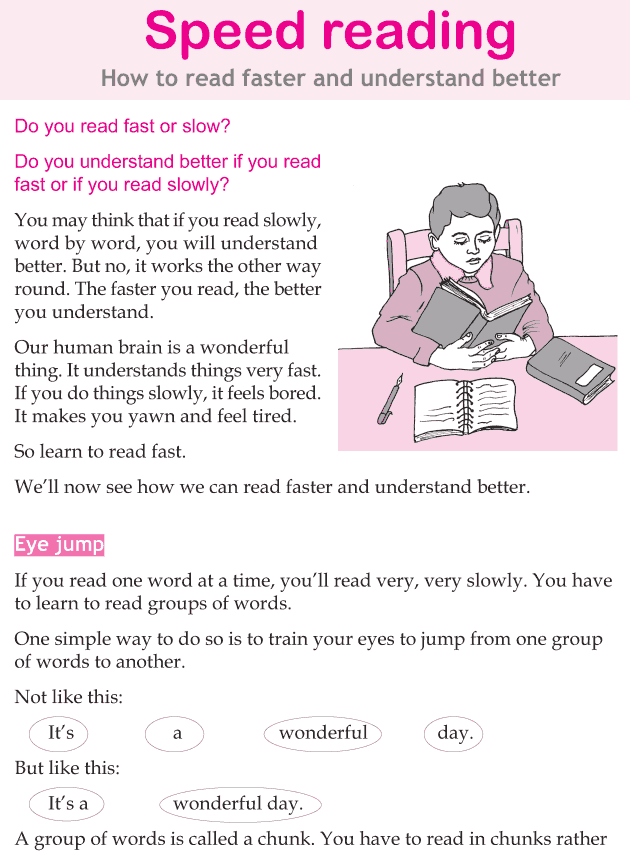
Through the concept of emergent literacy, researchers have expanded the purview of research from reading to literacy, based on theories and findings that reading, writing, and oral language develop concurrently and interrelatedly in literate environments (Sulzby & Teale, 1991).
Where can I learn more?
Learning for All – This Alberta resource offers information, strategies and references for school leaders and teachers working with students with significant disabilities. This content was collaboratively developed through Learning for All, a one-year community of practice (2014-2015) for district leaders and consultants.
Literacy, Assistive Technology, and Students with Significant Disabilities. Karen A. Erickson, Penelope Hatch, and Sally Clendon, Focus on Exceptional Children, Volume 42, Number 5, 2010.
Quick Guide #13 “Supporting Literacy Learning in All Children” by David A. Koppenhaver and Karen A. Erickson (pp. 181-194) in Quick Guides for Inclusion: Ideas for Educating Students with Disabilities, 2nd edition
Research Based Practices for Creating Access to the General Curriculum in Reading and Literacy for Students with Significant Intellectual Disabilities.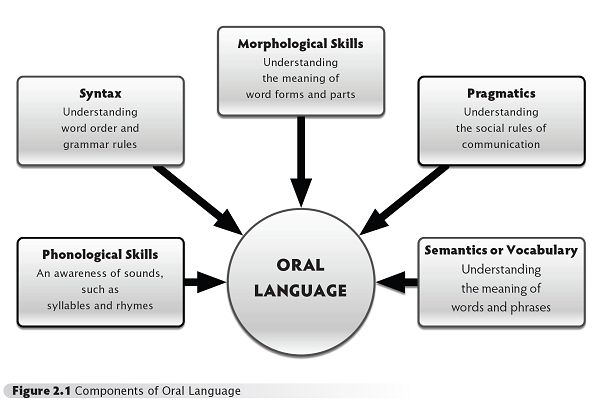 Karen Erickson, Ph.D., Gretchen Hanser, Ph.D., Penelope Hatch, Ph.D., Eric Sanders, M.S./CCC-SLP, 2009.
Karen Erickson, Ph.D., Gretchen Hanser, Ph.D., Penelope Hatch, Ph.D., Eric Sanders, M.S./CCC-SLP, 2009.
Comprehensive Literacy for All is written by Karen Erickson and David Koppenhaver. This is the new version of Children with Disabilities: Reading and Writing the Four-Blocks Way, which was used by the Literacy for All community of practice.
“Literacy improves lives—and with the right instruction and supports, all students can learn to read and write. That’s the core belief behind this teacher-friendly handbook, your practical guide to providing comprehensive, high-quality literacy instruction to students with significant disabilities. Drawing on decades of classroom experience, the authors present their own innovative model for teaching students with a wide range of significant disabilities to read and write print in grades preK–12 and beyond. Foundational teaching principles blend with concrete strategies, step-by-step guidance, and specific activities, making this book a complete blueprint for helping students acquire critical literacy skills they’ll use inside and outside the classroom.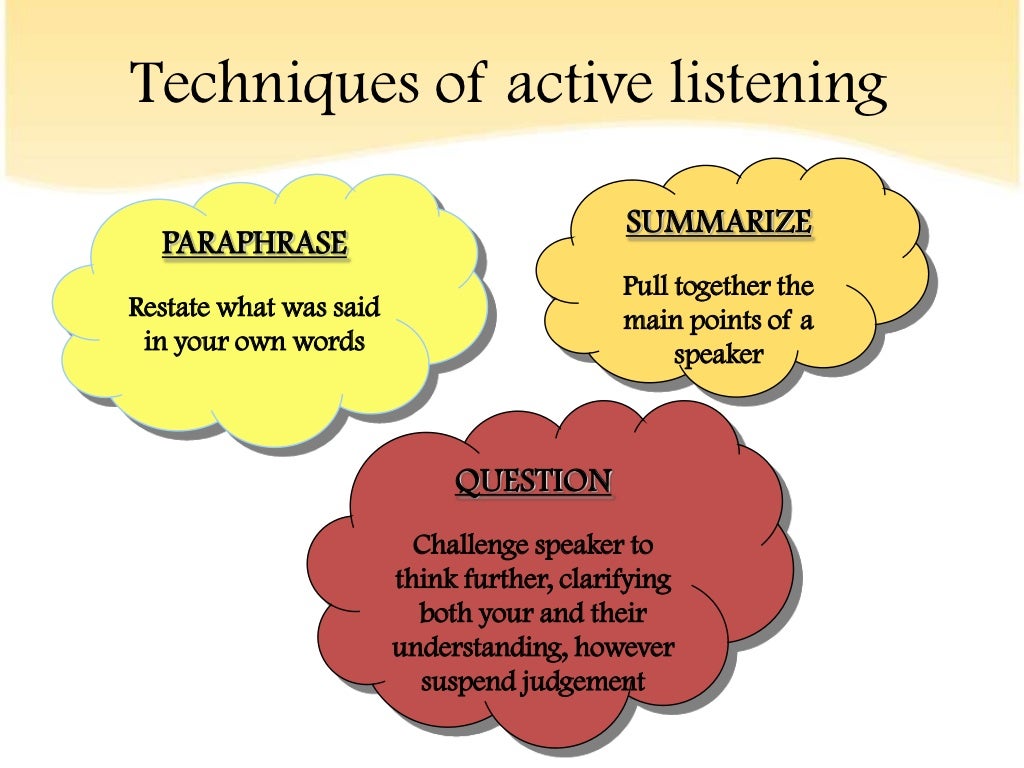 ” (Published 2020)
” (Published 2020)
Preview Comprehensive Literacy for All here.
Symbol-based communication | Literacy Instruction for Students with Significant Disabilities
“Communication is when one person shares something the other person did not know they were thinking.”
–Erin Sheldon
SYMBOL-BASED COMMUNICATION
What is symbol-based communication?
Symbol based communication is the “alternative” in augmentative and alternative communication (AAC). Taking a closer look at the elements of AAC allows us to see where symbol-based communication fits within this context:
- Augment means to add to or to enhance. Almost all speakers and non-speakers augment speech by using eye pointing, vocalizations, gestures and body language.
- Alternative means replacement or substitute. An alternative to speech includes pointing or gazing to symbols, signing or spelling.
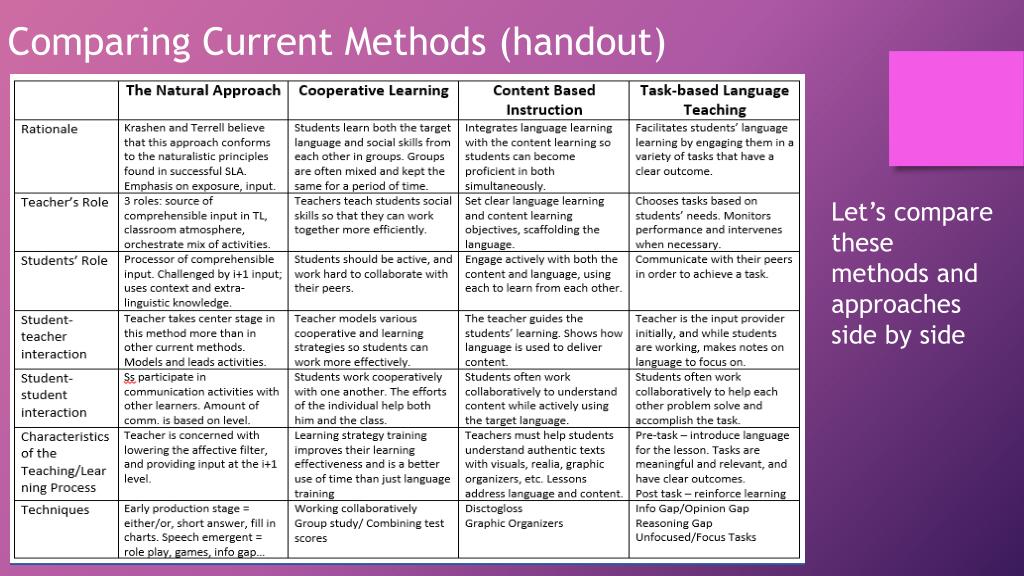
- Communication means to send and receive messages with at least one other person.
Symbol-based communication is often used by individuals who are unable to communicate using speech alone and who have not yet developed, or have difficulty developing literacy skills. Symbols offer a visual representation of a word or idea.
“The immediate goal is NOT for students to use all of the symbols we’ve introduced functionally in their own communication but for them to interact with others who are modelling symbol-based approaches to communication.” – Karen Erickson
Which students would benefit from symbol-based communication?
Students whose speech is:
- slow to develop
- difficult to understand (as a back up)
- very limited or non-existent
How can students benefit from symbol-based communication?
Students who are provided authentic and meaningful opportunities to communicate using a symbol-based system across learning and living environments benefit in a multitude of ways including:
- development of language skills
- development of literacy skills
- having more to say to more people
- building relationships and connectedness and belonging
- decreasing frustration/behaviours
- developing a better understanding of the world around them
- making personally meaningful requests, choices and decisions
- increasing participation across environments
- building creativity and self-expression
Examples of symbol-based communication:
Communication boards make language visible and accessible.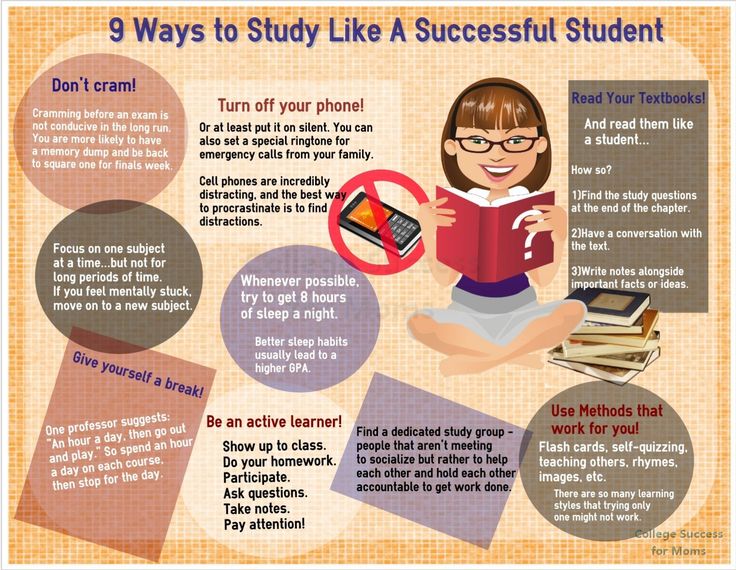 Core vocabulary is intended to be used across all environments and levels of language competence.
Core vocabulary is intended to be used across all environments and levels of language competence.
A flip book is a communication book with tabs for easy navigation. Vocabulary is arranged by categories, which are indicated on the tabs.
Check out this resource for templates for Low-tech Communication Board options: https://saltillo.com/chatcorner/content/29
Eye-gaze (also known as eye-pointing) is the act of using one’s eyes to direct or redirect the attention of another person. Effective eye-gaze requires participation of both the student and the communication partner. The student fixes their gaze in the direction of the intended message. For example, if a student wants to go outside, they may set their gaze on the door.
An e-tran, or an eye gaze communication board, is a vertically held/mounted board, made of plexiglass or sturdy paper with a window cut in the middle, that enables students to communicate by focusing their gaze on selected items displayed on the board. Items can be displayed in any configuration and can be encoded to provide more choices on each board. Students access the ETran via Partner Assisted Scanning.
Items can be displayed in any configuration and can be encoded to provide more choices on each board. Students access the ETran via Partner Assisted Scanning.
This pragmatically based communication page set is specifically made to help eye gaze users hold simple conversations around a variety of topics and needs.
An iPad communication app allows the user to directly select symbols that are arranged to support a specific topic or serve a communicative function. For example, this page is a list of verbs in alphabetical order- find, fly, give, help. The pages on many apps are dynamic, meaning once the user selects a message, the app will jump to the next logical page.
How can we teach symbol-based communication?
If we expect learners to speak using symbols, we must speak using symbols. Aided Language Stimulation or Aided Language Input is a research-based strategy for teaching symbol-based communication. Essentially, communication partners model or demonstrate symbol-based communication when talking with students who are learning to use symbol-based communication.
A robust and well-organized set of symbols need to be available in order to demonstrate how they can be used to comment, ask questions, make requests, joke, greet, protest and so on at home, school and in the community. Using the same well-organized set of symbols flexibly in all environments supports communication development and language learning over time.
Following are a few points to keep in mind when modeling symbol-based communication:
- Communication partners model, not prompt the students to point or touch the picture symbols to communicate. It is about what the communication partners do, not about what the student does.
- Use the student’s AAC system to model and have conversations.
- Provide models of multiple communicative functions and purposes such as:
- Sharing information: “I heard you went to see Spider Man on the weekend”
- Making comments: “That’s awesome!”
- Asking questions: “What is your favourite colour?”
- Greeting: “Hi! I’m happy to see you today!”
- Requesting: “I want the red ball.
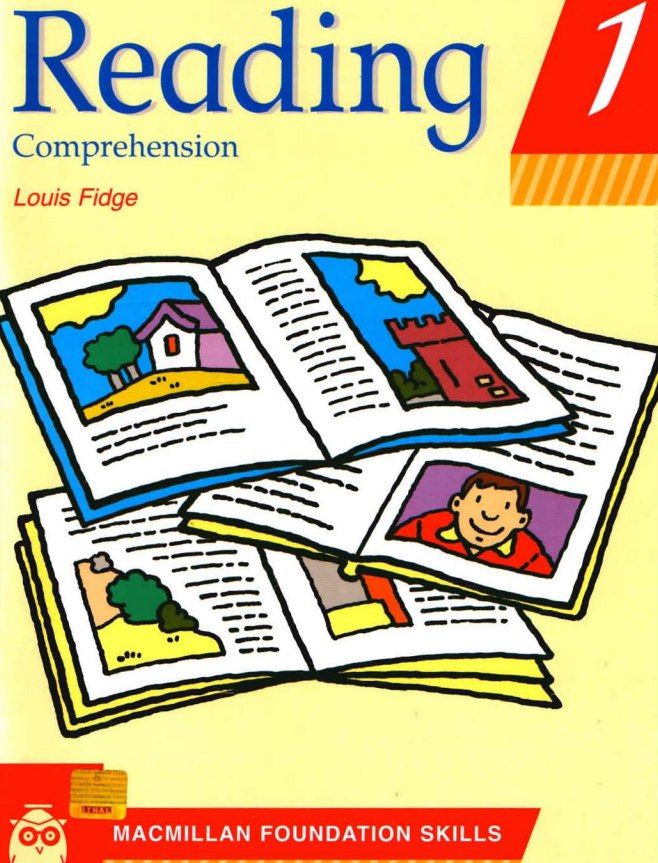 ” “I need help.”
” “I need help.” - Protesting/Refusing: “I don’t like that.” “All done.” “Stop!”
- When a student communicates something by looking at an object or making a noise, demonstrate how they could “say it‟ on their AAC system.
- Read and match the student’s non-verbal signals with pictures. Look for what the student communicates with body language and gestures and match those with symbols. For example, if a student puts their head down on the table, the adult could point at tired symbol and say, “You look tired.”
- Point out the main words that you say on the AAC system.
- Whenever the student uses their AAC system, model their message back in a slightly longer form. For example, when the student points to ‘book’ on their AAC system, point out ‘want book’ as you say, “You want a book?‟ Then point out ‘get book’ as you say, “OK. I’ll get you a book‟.
- Model only a few more words per utterance than the student is using – this way the modeling is not too hard for the student to copy.
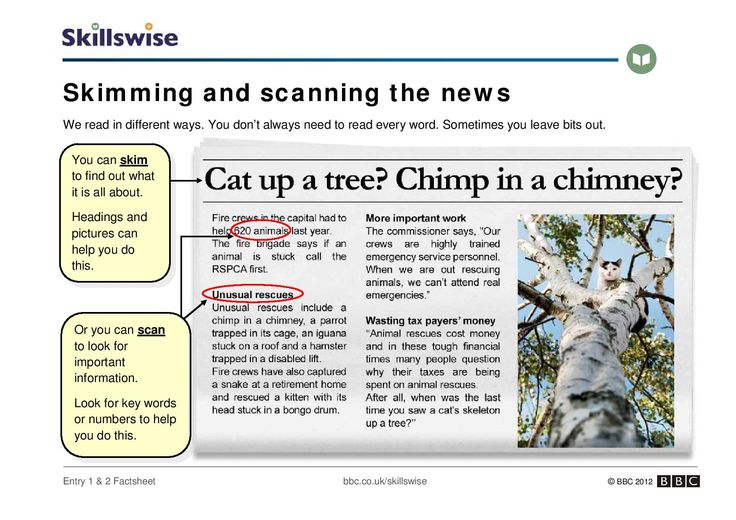
What is core vocabulary?
About 85% of our English spoken language is comprised of 250-350 words. Core vocabulary is a relatively small set of words that have been determined to be highly useful for communicating in both social and academic contexts. Core vocabulary is primarily composed of pronouns, verbs, descriptors, and prepositions. There are very few nouns.
The DLM Core Vocabulary Project was initiated to determine the vocabulary that is necessary for students with significant cognitive disabilities to engage, learn, and demonstrate knowledge in an academic environment.
These words have been extensively researched by the Center for Literacy and Disability Studies for words needed for AAC Core vocabulary and Academic Core Vocabulary.
Where can I learn more?
Aided Language Videos
https://www.youtube.com/watch?v=vUY6oQoSTXw
https://www.youtube.com/watch?v=flFNMky22-U
Dynamic Learning Maps (DLM) – Beginning Communicators
This module describes symbolic and non-symbolic forms of communication, the distinction between pre-intentional and pre-symbolic communicators, and identifies additional sources of support for building communication skills.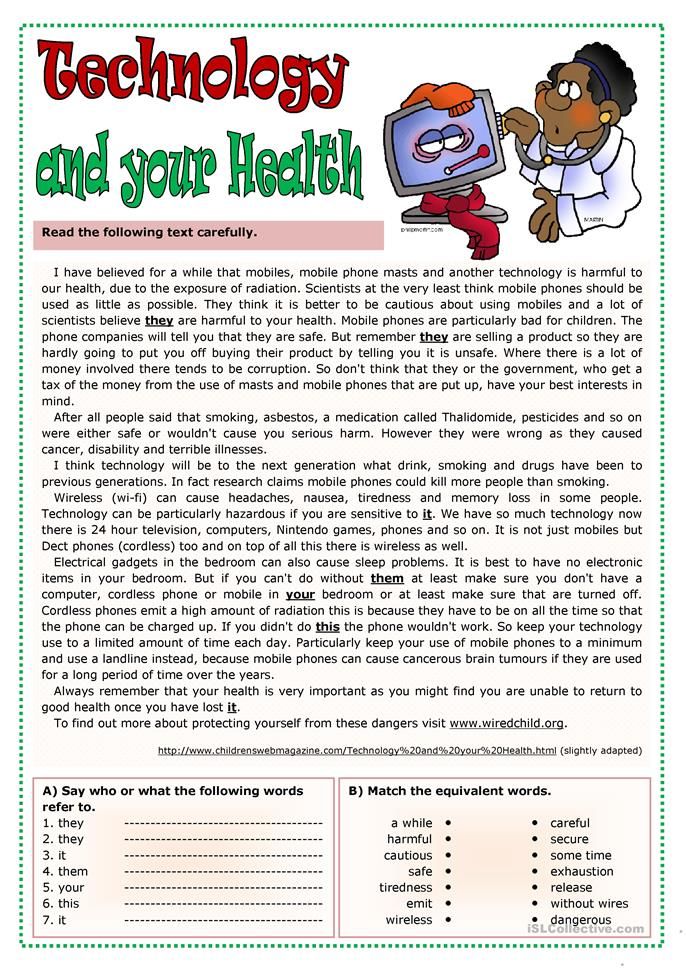
Online Self-directed Module
Facilitated Module Materials for Groups
Dynamic Learning Maps (DLM) – Core Vocabulary
Core Vocabulary is a list of words that have been determined to be highly useful for communicating in both social and academic contexts. https://www.med.unc.edu/ahs/clds/resources/core-vocabulary
Dynamic Learning Maps (DLM) – Core Vocabulary and Communication
This module focuses on the use of core vocabulary as a support for communication for students who cannot use speech to meet their face-to-face communication needs and require augmentative and alternative communication.
Online Self-directed Module
Facilitated Module Materials for Groups
Dynamic Learning Maps (DLM) – Speaking and Listening
This module addresses speaking and listening in the broader context of expressive and receptive communication for students with significant cognitive disabilities. The content in this module is important to understand the DLM Essential Elements in Speaking and Listening and across all of the strands of Essential Elements in English language arts.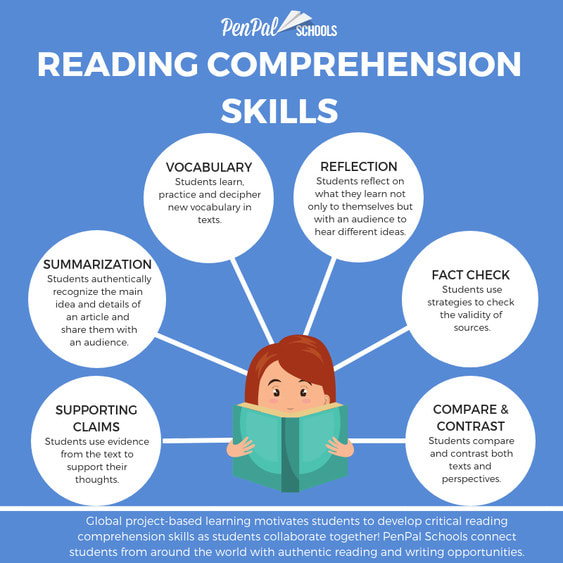
Online Self-directed Module
Facilitated Module Materials for Groups
Dynamic Learning Maps (DLM) – Supporting Participating in Discussion
Participants will review the goals of supporting participation in discussion and the need of an expressive means of communication for all students. Participants will also be given 5 strategies to use in supporting students during discussions with teachers and peers.
Online Self-directed Module
Facilitated Module Materials for Groups
Dynamic Learning Maps (DLM) – Symbols
This self-directed module provides an overview of symbols to support communication and interaction. It also describes the use of symbols and photographs in text.
Online Self-directed Module
Facilitated Module Materials for Groups
Language Stealers (video 2:52 min)
Language Stealers reveals the real barriers to communication for learners with speech and motor impairments as being no access to language and literacy.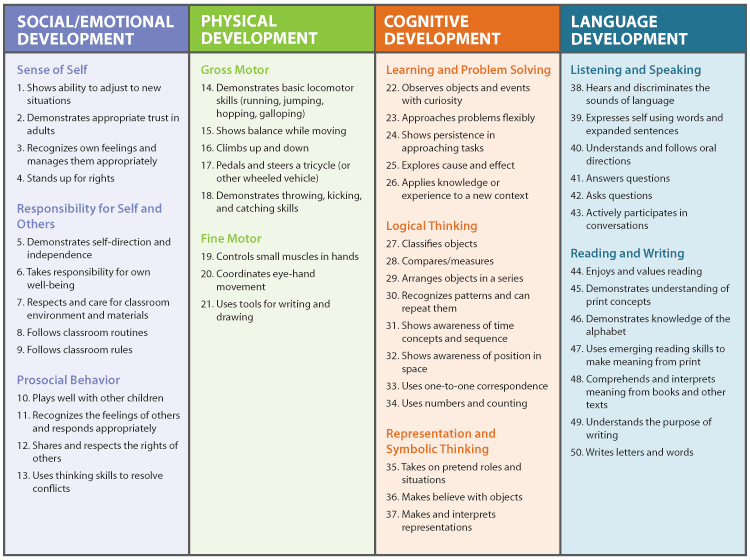
Noun Town
This short presentation shares the importance of using high frequency words, instead of living in ‘noun town’. Share the story of Noun Town to illustrate how important it is to include core vocabulary in all settings. For a print version, visit AAC Language Lab. You’ll need to do a search for Noun Town (it shows up under Activities) and then you can download it.
Pragmatic Organization Dynamic Display (PODD) communication books were developed in Australia by Gayle Porter, originally for children with cerebral palsy. Their structured organization and emphasis on visual communication means that they are also a valuable tool for developing the communication of those with Autistic Spectrum Disorder (ASD) (Porter & Cafiero, 2009). http://praacticalaac.org/praactical/how-i-do-it-using-podd-books-and-aided-language-displays-with-young-learners-with-autism-spectrum-disorder
Project Core
The Project Core implementation model is aimed at helping teachers provide students with significant cognitive disabilities and complex communication needs with access to a flexible Universal Core vocabulary and evidence-based instruction to teach them to use core vocabulary via personal augmentative and alternative communication (AAC) systems.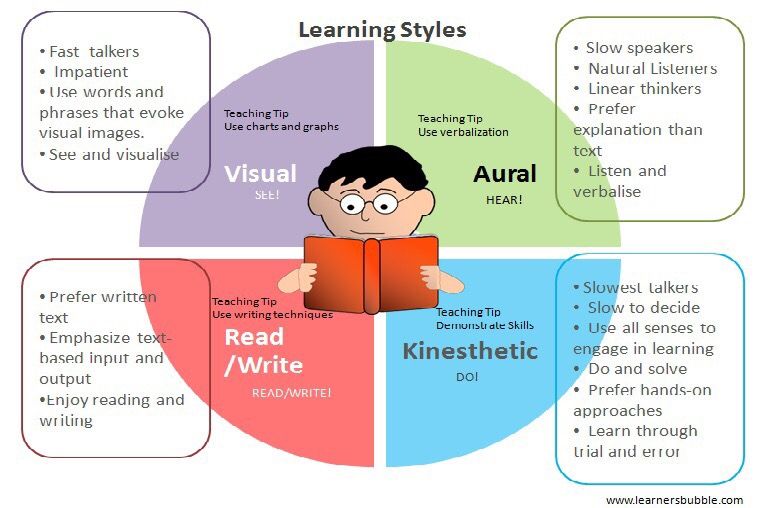 http://www.project-core.com
http://www.project-core.com
Symbols and Learning to Read
In this short video clip, Dr. Caroline Musselwhite talks about how symbols can affect the reading process and to be effective supports in learning to read, symbols must be used thoughtfully. A Learning Guide accompanies the video.
Tar Heel Reader
Tar Heel Reader is a growing library of accessible, beginning level readers for students of all ages from the Center for Literacy and Disability Studies. It includes a collection of free, easy-to-read (core words), and accessible books on a wide range of topics. Each book can be speech enabled and accessed using multiple interfaces, including touch screens, the IntelliKeys with custom overlays, and 1 to 3 switches. https://tarheelreader.org
Tar Heel Shared Reader
Developed by a team at the Center for Literacy and Disability Studies at the University of North Carolina at Chapel Hill, this variation of the popular Tar Heel Reader website emphasizes shared reading and provides PCS symbol support for core words that can be used in discussing each book.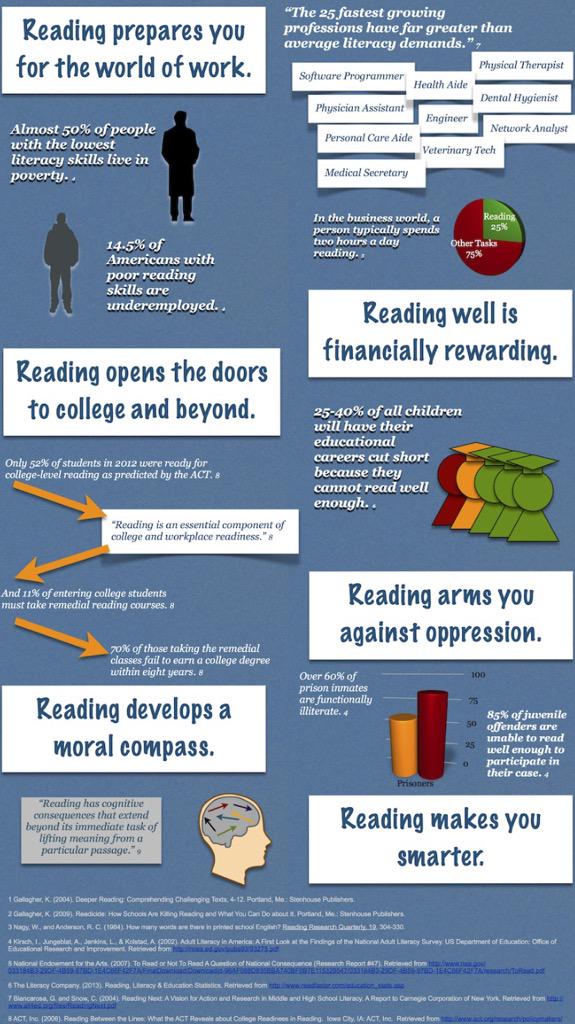 A comprehensive set of free professional development modules provide training and examples of Tar Heel Shared Reader teaching practices. Each module requires between 45-60 minutes to complete. Various formats allow for flexibility in order to best meet scheduling needs. https://www.sharedreader.org
A comprehensive set of free professional development modules provide training and examples of Tar Heel Shared Reader teaching practices. Each module requires between 45-60 minutes to complete. Various formats allow for flexibility in order to best meet scheduling needs. https://www.sharedreader.org
Top 10 Tips for Partner Assisted Scanning, Gretchen Hanser, Ph.D., Center for Literacy and Disability Studies, 2007.
Developing word reading skills in children
Traditionally, reading and learning to read has been associated with books and textbooks. But in the age of information technology, we see huge changes in these areas. The role of reading in society is changing. Under the influence of information and communication technologies, a new type of reading and readers is being formed, as well as a new type of communication - display. It contains elements of oral and written speech, but is not reduced to their sum.
Mastering display communication by a child in practice begins even before oral speech begins to develop, and even more so written.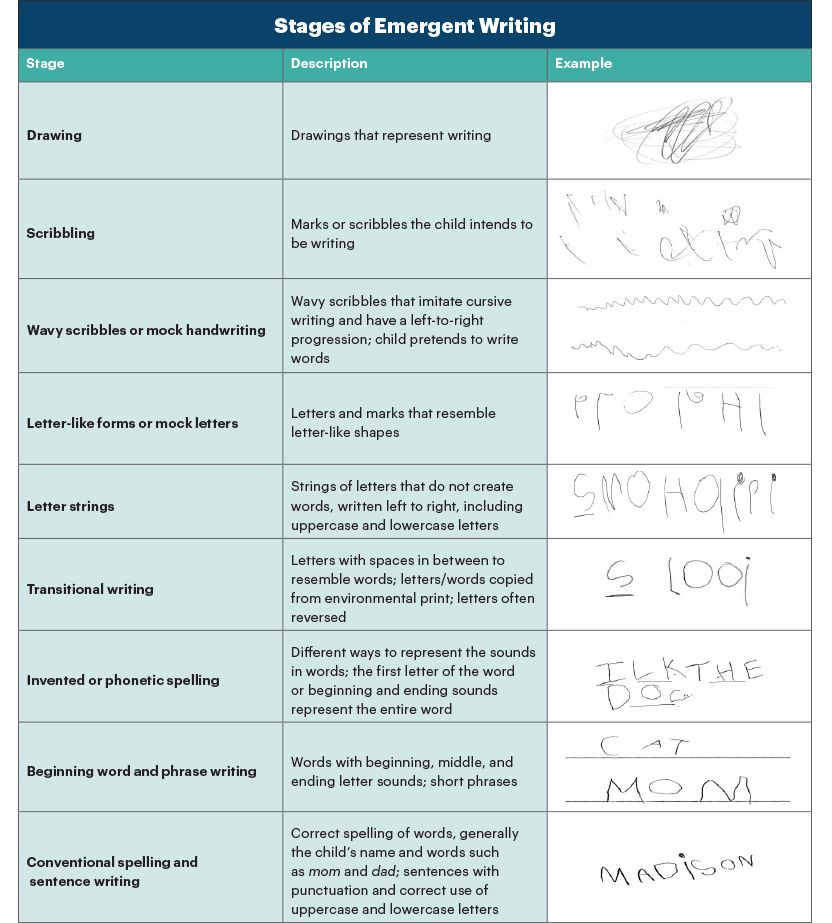 This is a phenomenon of the new digital generation.
This is a phenomenon of the new digital generation.
Modern children develop in an information environment that is largely aggressive. And, as the researchers write, this is reflected in their cognitive and communicative development. The disadvantages include the narrowing of the amount of RAM, and the pluses - the ability to perceive heterogeneous information. ICTs have an unobtrusive learning effect. Education through play, through entertainment attracts modern children.
Contents
- Complex of interactive exercise games
- Contents of the complex
- Recommendations
A complex of interactive games-exercises
A software-didactic complex of interactive games-exercises for the formation, development and automation of reading skills can help to quickly and effectively work out these skills.
In a playful way, children will learn the basic skills necessary to start reading, and will also be able to work out the problems and difficulties in learning to read at their own pace.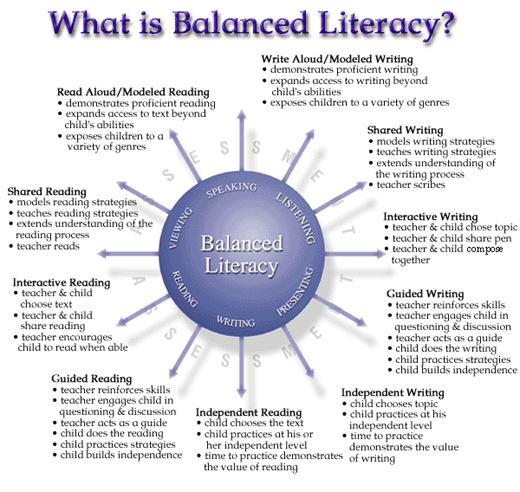
Interactive Reading Games are designed for hands-on activities with children who are learning basic reading skills.
A complex of such games promotes the acquisition and development of skills with their subsequent transformation into skills. Suitable for classes with children with learning difficulties, for children with disabilities.
The complex has a practical orientation, suitable as
additional, auxiliary material in the study of the main sections "Sounds and Letters", "Word", "Sentence".
When teaching a child elementary reading, the leading method for us is the analytical-synthetic method. With the help of interactive games-exercises, the child will be able to understand the difference between speech and non-speech sounds, the concepts of “sound” and “letter”, “vowels” and “vowels”, “vowels” and “consonants”, “hard” and “soft » consonants, etc.
Educational materials and tasks in games do not require dictation by an adult, they are voiced by an announcer, but for the best effect we recommend working with a child in a dialogue.
Maintenance of the complex
The maintenance of the complex must comply with the requirements of the Federal State Educational Standard for preschool education and existing programs for the upbringing and education of children.
Interactive games can be used as additional materials, homework or training to practice skills in working with the following blocks:
- familiarization with the system of vowel sounds,
- familiarization with the system of basic six letters for designating vowel sounds,
- familiarity with the system of consonant sounds,
- memorization of the graphic image of a letter,
- memorization of the alphabet,
- sound analysis of the word transition to syllabic reading.
Sound-letter analysis is of great importance. Games can be used both in pre-letter and alphabetic periods. The materials of interactive games will allow you to understand the principle of constructing a syllable, consolidate reading skills and move on to reading words.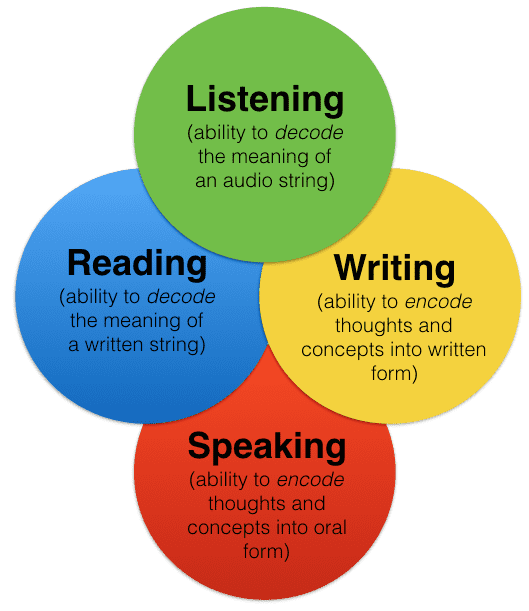
Recommendations
It is recommended to use interactive materials to automate the skill of reading words and sentences, to form the skill of meaningful reading.
The interactive game principle of organizing the material allows the child to maintain interest and motivation for learning, as well as to practice the desired skill at their own pace and rhythm, giving it the required amount of time.
Each game can be used not only for skill development, but also for diagnosis. There are simple games and complex ones with interesting obstacles. For example, a child is looking for the same letters, but they are of different colors. With such a task you will not easily cope, you must choose carefully.
With the help of settings, the game can be complicated or simplified, adapted to the child's abilities, individual or group lessons.
Games will help children learn letters, master reading by syllables and develop the skill of sound analysis of words.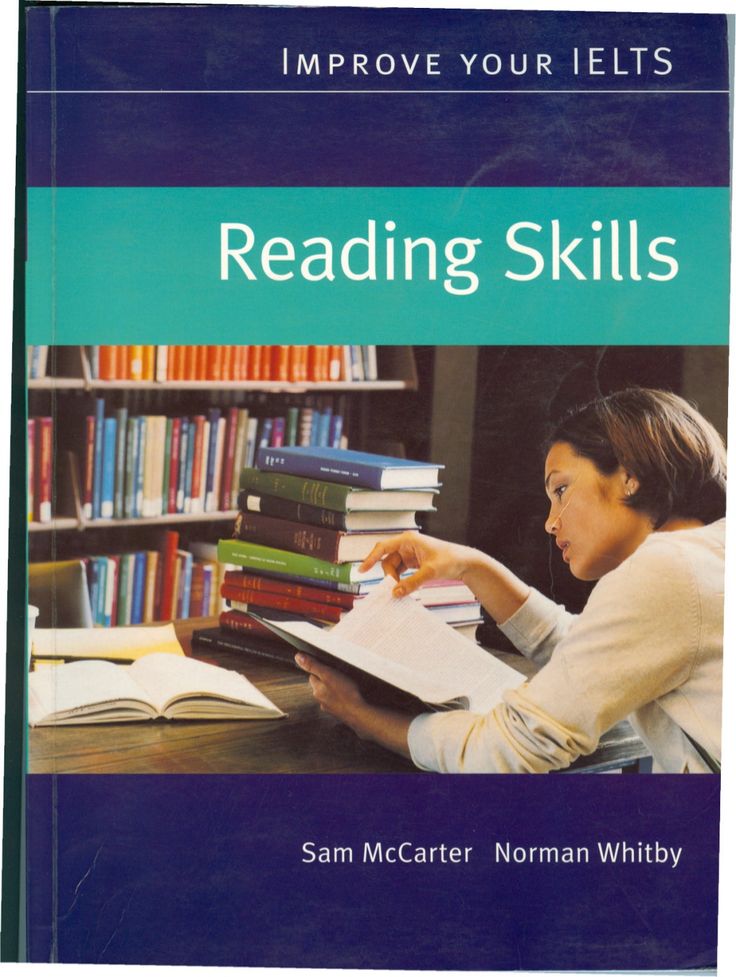 At the same time, they study in a familiar gaming environment: they do not learn letters, but save the princess, put out the fire, feed the kids.
At the same time, they study in a familiar gaming environment: they do not learn letters, but save the princess, put out the fire, feed the kids.
In the game, the child uses different abilities: he studies letters and syllables by ear and visually, finds the same syllables and irregular letters, collects words by syllables and individual sounds, plays at speed and at his own pace.
Previous articlePrevious Next articleNext
Developing reading skills in elementary school English classes through the use of text comprehension exercises
Authors : Alimgazina Saltanat Amirseitkyzy, Lobanova Evgenia Nikolaevna
Heading : Pedagogy
Posted by in young scientist #34 (429) August 2022
Publication date : 24.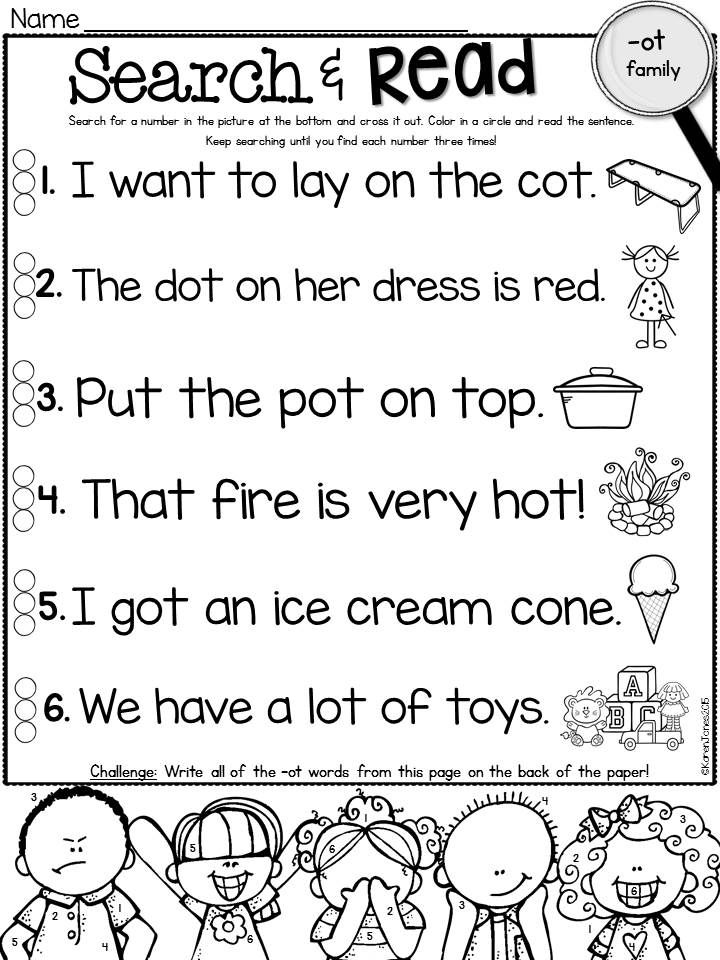 08.2022 2022-08-24
08.2022 2022-08-24
Article viewed: 58 times
Download electronic version
Download Part 2 (pdf)
References:
Alimgazina, S.A. Development of reading skills in English lessons for elementary school students through the use of text comprehension exercises / S.A. Alimgazina, E.N. Lobanova. - Text: direct // Young scientist. - 2022. - No. 34 (429). - S. 93-95. — URL: https://moluch.ru/archive/429/94540/ (date of access: 04.12.2022).
This article is devoted to the development of reading skills in English classes for elementary school students. The article describes the role of reading in primary school and exercises that will help students understand the content of the text well. A discrepancy between the opinions of teachers and the ideas of students was revealed. The article provides an analysis of the work of students in English, describes what affects the improvement of understanding of the text, including when passing an external summative exam for students in grade 5. The authors give examples of several tasks for understanding the text and comments on them. The article highlights the information that thanks to certain exercises in English lessons, students develop reading skills well. The article highlights the information that thanks to certain exercises in English classes, students develop good reading skills. An analysis of the passing of an external summative exam by students is given.
A discrepancy between the opinions of teachers and the ideas of students was revealed. The article provides an analysis of the work of students in English, describes what affects the improvement of understanding of the text, including when passing an external summative exam for students in grade 5. The authors give examples of several tasks for understanding the text and comments on them. The article highlights the information that thanks to certain exercises in English lessons, students develop reading skills well. The article highlights the information that thanks to certain exercises in English classes, students develop good reading skills. An analysis of the passing of an external summative exam by students is given.
Keywords: English, text, learner, short story, text content, text reading.
I would like to start our article with a paraphrased proverb "If you can't speak, learn to read" . Reading is a very important skill these days. Thanks to reading in English, children develop an interest in learning English, the opportunity to gain knowledge and enrich vocabulary. Reading is a means of teaching other types of speech activity. It is in elementary school that it is important to lay a solid foundation of reading skills. Therefore, in the last decade there have been serious changes that have put theorists and practitioners in the field of teaching foreign languages in front of the need to reconsider the established and traditional views on teaching reading.
Reading is a very important skill these days. Thanks to reading in English, children develop an interest in learning English, the opportunity to gain knowledge and enrich vocabulary. Reading is a means of teaching other types of speech activity. It is in elementary school that it is important to lay a solid foundation of reading skills. Therefore, in the last decade there have been serious changes that have put theorists and practitioners in the field of teaching foreign languages in front of the need to reconsider the established and traditional views on teaching reading.
In our opinion, reading plays a very important role in teaching English, so today we will talk about it and the exercises used in this area.
The purpose of our study is to theoretically substantiate, develop a set of reading exercises for elementary school students and test a set of exercises for the formation of reading skills in English.
We believe that the most important thing is that the child can not only read the text, but also comprehend it.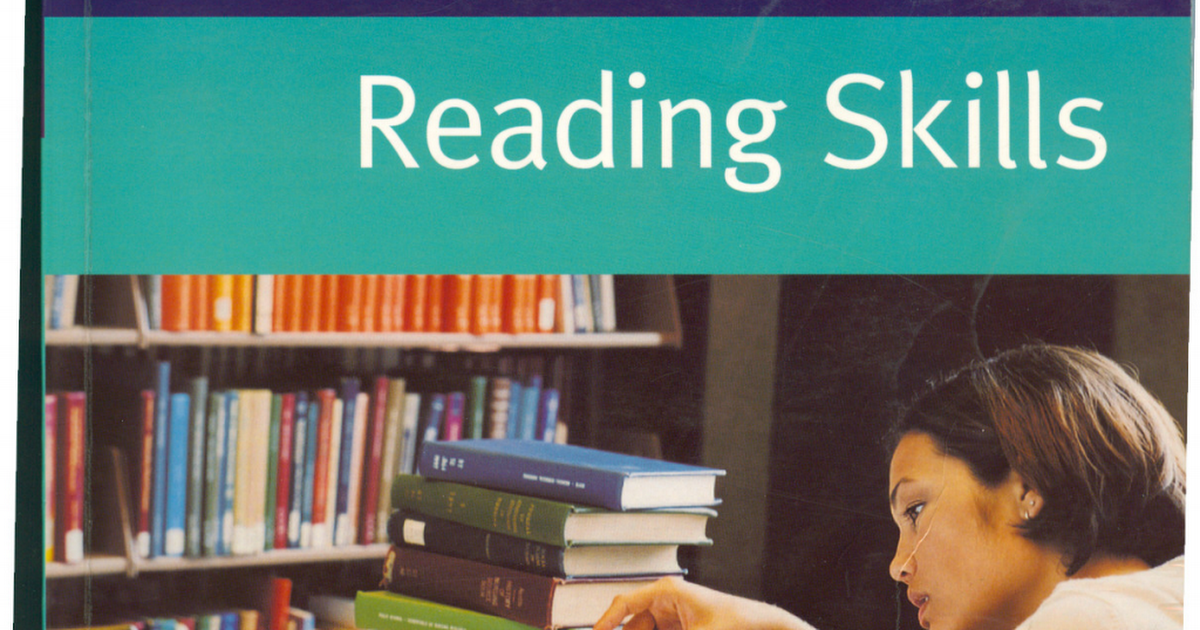 Meanwhile, the data of our research show that not only elementary school students, but even high school students do not always understand the text they read. They only mechanically memorize what they read, memorize sentences from the text, and when reading independently, they often cannot understand the general meaning of the text. If we take into account the problem of reading without understanding the text, it is necessary to purposefully work in this direction already in the primary grades, using special exercises for reading comprehension.
Meanwhile, the data of our research show that not only elementary school students, but even high school students do not always understand the text they read. They only mechanically memorize what they read, memorize sentences from the text, and when reading independently, they often cannot understand the general meaning of the text. If we take into account the problem of reading without understanding the text, it is necessary to purposefully work in this direction already in the primary grades, using special exercises for reading comprehension.
At the first stage of our research, we studied various sources of information, identified a number of traditional tasks aimed at understanding the text:
- find unfamiliar words and learn their meaning;
- title the text, divide it into paragraphs;
- highlight the main idea and topic of the text;
- connecting the beginning and end of a sentence;
- determination of the content of the text by illustrations;
- answer questions about the text.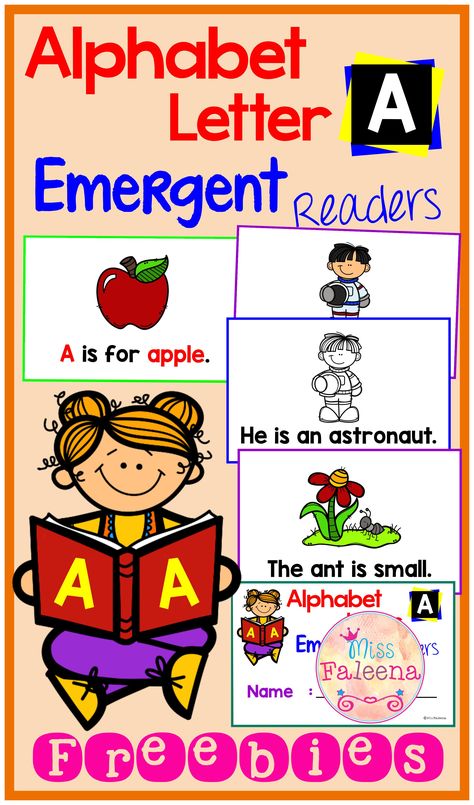
In the future, we have added other text comprehension exercises that are used in external summative assessment in grade 5. Based on this, we pay special attention to the following exercises:
- Selection of correct and incorrect judgments in the text;
- Reading the text with missing words (students must insert words that are suitable in meaning from the proposed ones, while the text can be both already familiar to students and new).
- Multiple choice (students must choose one correct answer from four offered)
During the survey, it turned out that it is easier for students to work with the text if they know the meanings of new words. Therefore, we provided a new vocabulary after each text in advance of the reading. The students memorized these words at home and did an excellent job of translating the text. Only 7% of the respondents indicated that it does not matter to them which exercises to work with. It is easier to remember and retell the content of the text with new words provided in advance - most students.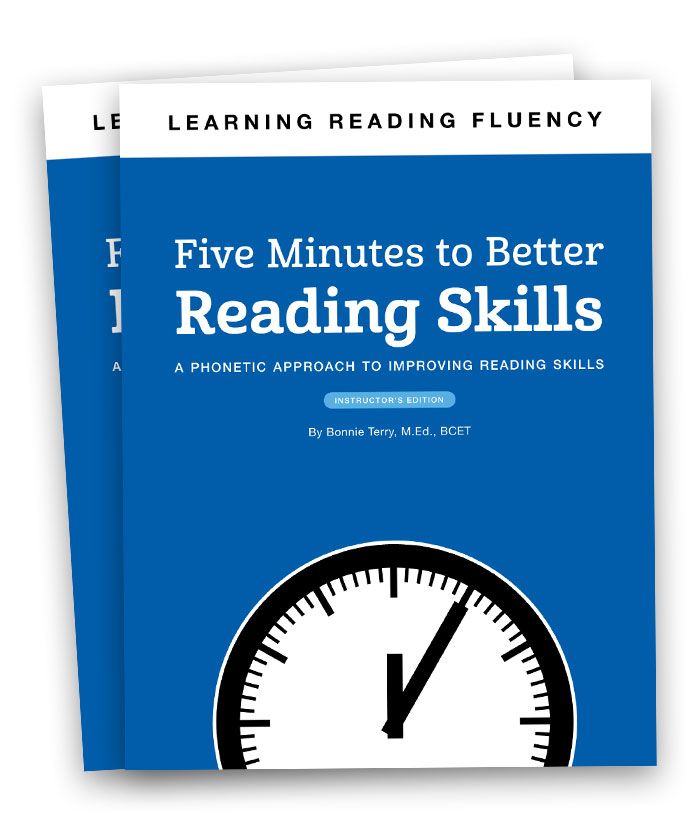 To the question “What exercises make it easier to understand the content of the text?” the students answered that it most often depends on the complexity of the text, but most of all the students liked such exercises as: choosing correct and incorrect judgments in the text, reading the text with missing words, answering questions about the text, connecting the beginning and end of a sentence, compiling a story or a sentence by keywords.
To the question “What exercises make it easier to understand the content of the text?” the students answered that it most often depends on the complexity of the text, but most of all the students liked such exercises as: choosing correct and incorrect judgments in the text, reading the text with missing words, answering questions about the text, connecting the beginning and end of a sentence, compiling a story or a sentence by keywords.
During the study, it was revealed that, as a result of the systematic use of such exercises in the classroom, our students have well-formed skills:
- reproduce the read text, divide it into complete parts;
- find the essential in the text, see the meaning of the text, its main idea;
- with the help of imagination to recreate the author's images;
- see text "signals" - keywords, images;
- read "actively", correlating what is read with one's own experience, asking questions, predicting the content;
- to be aware of the author's assessment of the events and heroes of the work;
- reflect on what you have read and determine your position on this issue;
- when reading the text, connect attention, memory, thinking, imagination, emotions, etc.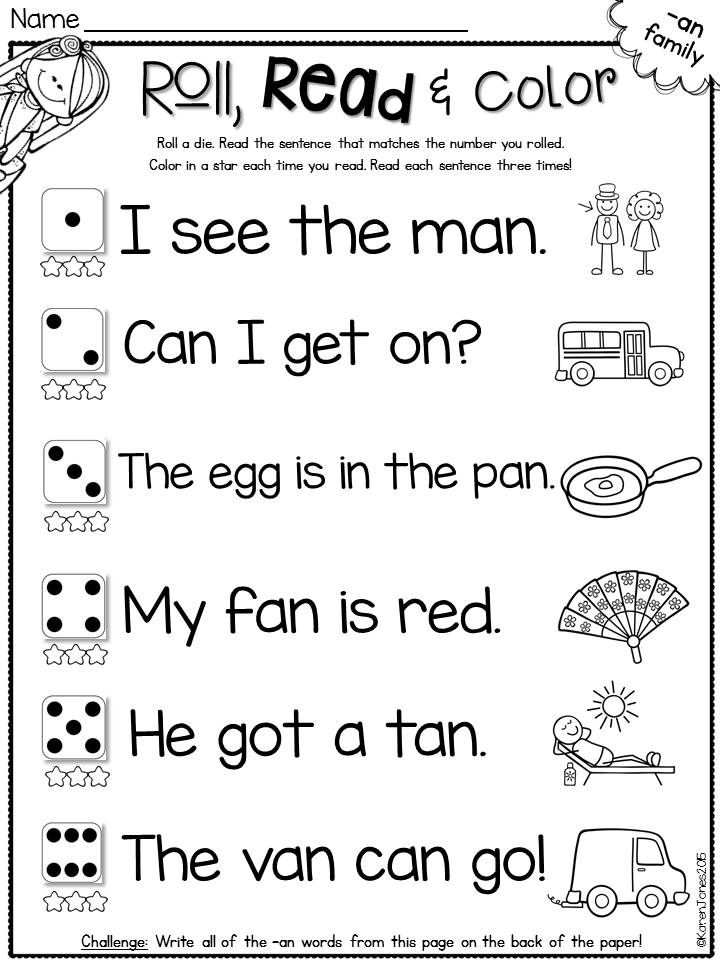
During the year, 2 trial exams were held. Each exam consisted of two parts. In the first part, students read 3 texts and completed tasks for them, such as:
- choice of correct and incorrect judgments in the text;
- reading text with missing words;
- multiple choice.
In the second part, the students wrote a short picture story that focuses on the students' skills:
- write a short story;
- express the content of the pictures in the text;
- structure a short story;
– use vocabulary appropriately;
- follow the rules of punctuation.
The total number of points -30.
14 students took part in the trial exam in English in the 5th grade. Below is a chart that shows how students improved their text comprehension skills [Diagram 1]. According to the diagram, we can notice that the level of knowledge of students has increased by an average of 7%. Based on this, we can conclude that the systematic implementation of exercises leads to successful results and high performance.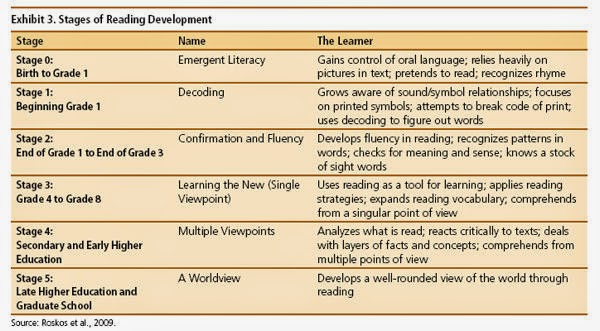
Rice. one
Thus, we believe that reading allows students to expand their vocabulary, remember the correct sentence structure, and, in principle, enjoy the beauty of the language. An excellent result of the use of such exercises was manifested not only in successful studies, it will accompany the child all his life and turn him into an intellectually and spiritually active, thoughtful reader, a Reader with a capital letter.
Literature:
- Folomkina S.K. Methods of teaching reading in English in high school. Abstract of Dr. Dis. M., 1974.
- Program-methodical materials. Foreign languages for general educational institutions. Initial cola. – M.: Bustard, 1998.
- Shevyakova A. Methods of teaching reading: what is better?
- Weisburd M. L., Blokhina S. A. Learning to understand a foreign text when reading as a search activity//In.yaz. at school.1997#1–2. pp32–37.
- Klychnikova ZI Psychological features of teaching reading in a foreign language.
 - M., Education, 1973.
- M., Education, 1973. - Korndorf B. F. Methods of teaching English, M., 1958, p. 249
- Rakhmanova I. V., Mirolyubova A. A., Tsetlin V. S. General methods of teaching foreign languages in secondary school. M., 1967.
- Karpov IV, Psychological characteristics of the process of understanding and translation of foreign texts by students. Sat. Theory and Methods of Educational Translation., ed. Ganshina K. A. and Karpova I. V., M., 19fifty.
Basic terms (automatically generated) : English, student, text comprehension, text content, text, text reading, short story, elementary school, exercise, reading.
Keywords
student, English language, text, short story, text content, reading textenglish, text, learner, short story, text content, text reading
Similar articles
Technique
reading in English language : analysis of UMC for.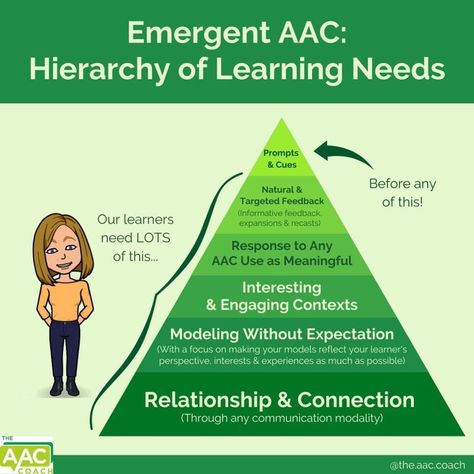 ..
.. Teaching technique reading in a foreign language in schools in our country starts at 2
At the end of the second grade students can read silently and understand text up to 60
Then students consolidate reading words into short phrases and sentences, and ... 9006 Mastering the technique reading in English language in elementary ...
The article is devoted to the issue of mastering students0124 School Techniques Readings on
Linguistic component Contents Learning Reading Initial The stage includes
- this means Read Lowe.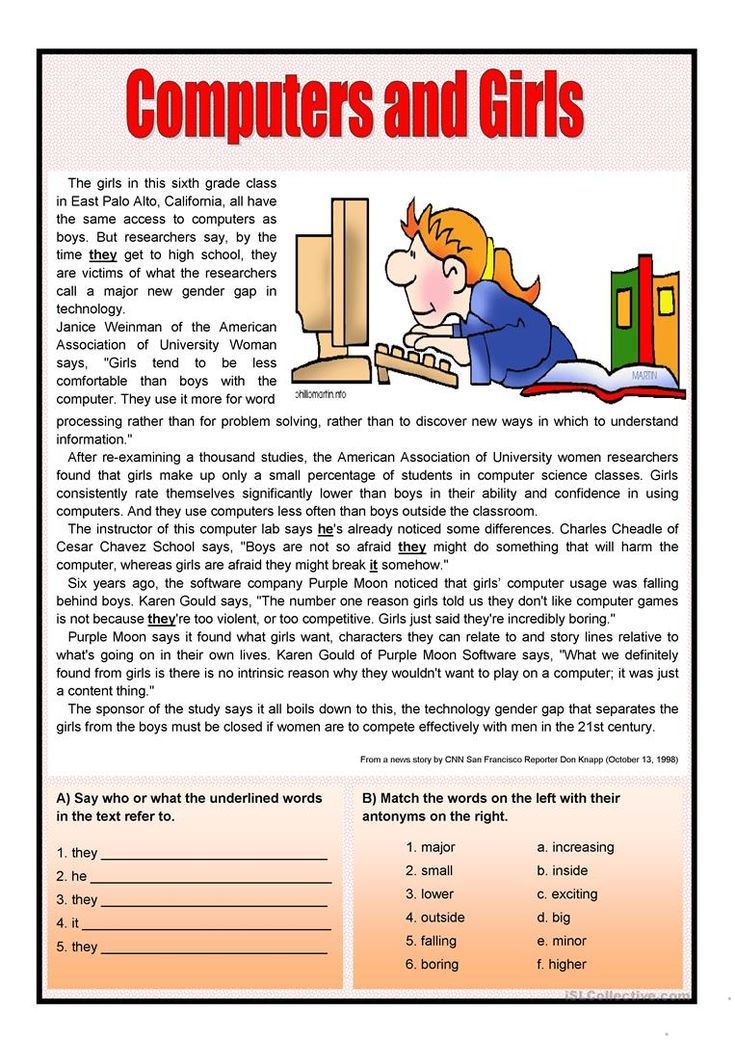 If student or student understands text ...
If student or student understands text ...
Teaching students
to read | Article in the collection... | "Youngobject of control reading must be understanding content text , not language material; the first reading of the text must be carried out by the students themselves , which creates the preconditions for an independent understanding of what is being read ; multiple reading of the same...
Integration approaches in teaching
reading and writing in the classroom... Reading is the receipt of new information from read text with unfamiliar content, Understanding Its Reading British Hanging Consistency .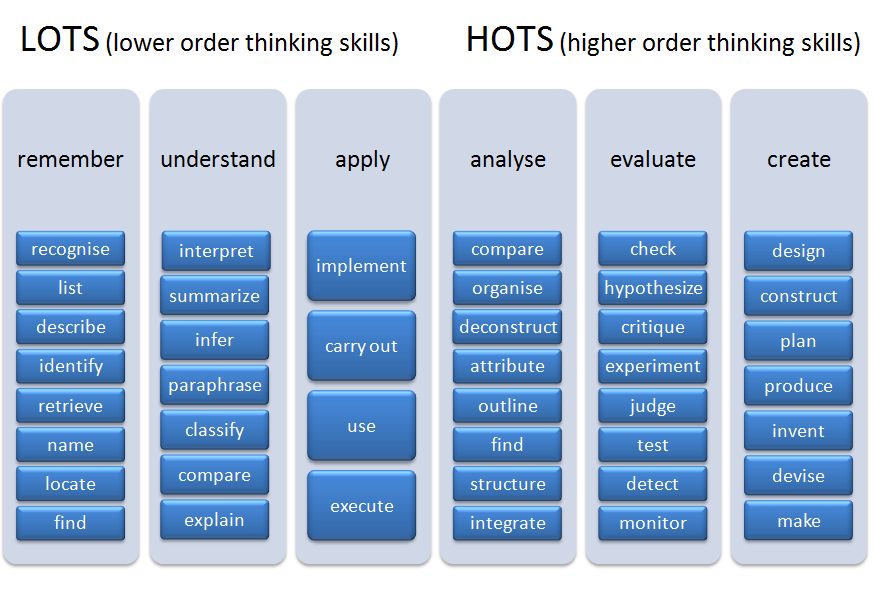 a student or a student understands text , he develops reading skills .
a student or a student understands text , he develops reading skills .
Modern approach to education. New requirements for
texts ...New requirements for texts when teaching to read in English lessons languages .
An important requirement for the content of texts should be considered their cultural value.
Teaching to read in a foreign language in elementary school . foreign language , reading ...
Personification in teaching
reading in English in elementary ... Mastering the technique reading in English language in the initial stage is an independent problem.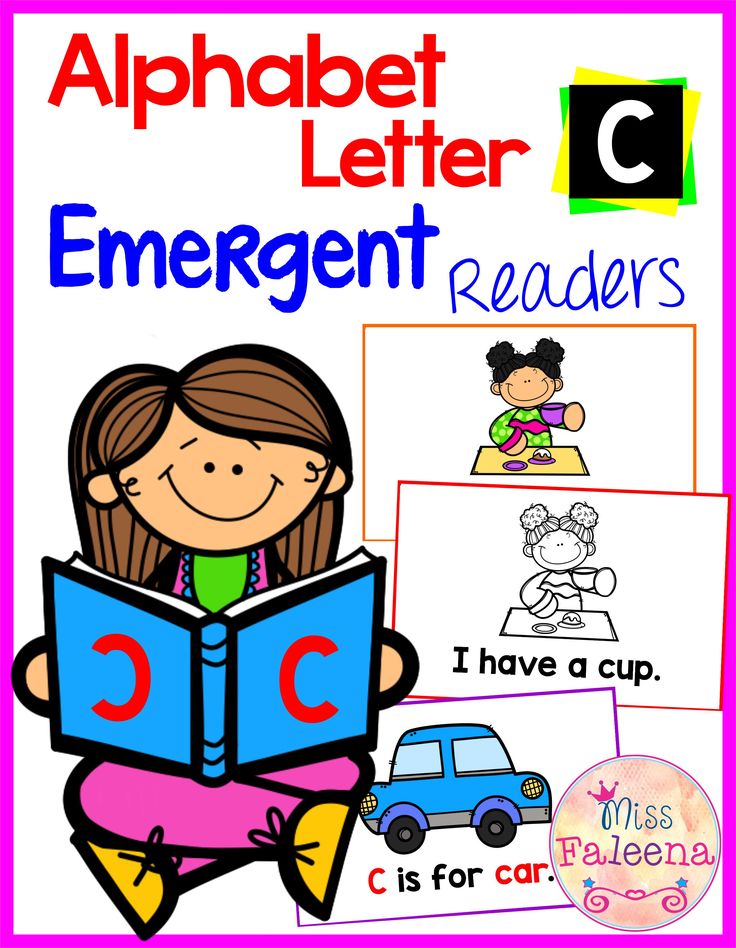 That is why we pay special attention to the formation of this skill in the process of teaching to read . We have seen that the value of applying the method...
That is why we pay special attention to the formation of this skill in the process of teaching to read . We have seen that the value of applying the method...
Training
reading English English example...Key words : reading , learning reading , English language . Reading is one of the
Teaching to read in a foreign language in the early stage promotes earlier
Section English alphabet introduces letters to students 0121 English Language and includes...
Mechanisms
reading as the basis for the formation of skills of technique...Key Words : Foreign Language , Technique skills Readings , Formation Mechanisms
Their accounting when creating complexes Exercises for the formation of technology skills Readings
is an prescription, which is the prescription, which is the prescription, which is the prescription, which is the prescription, which is prescription.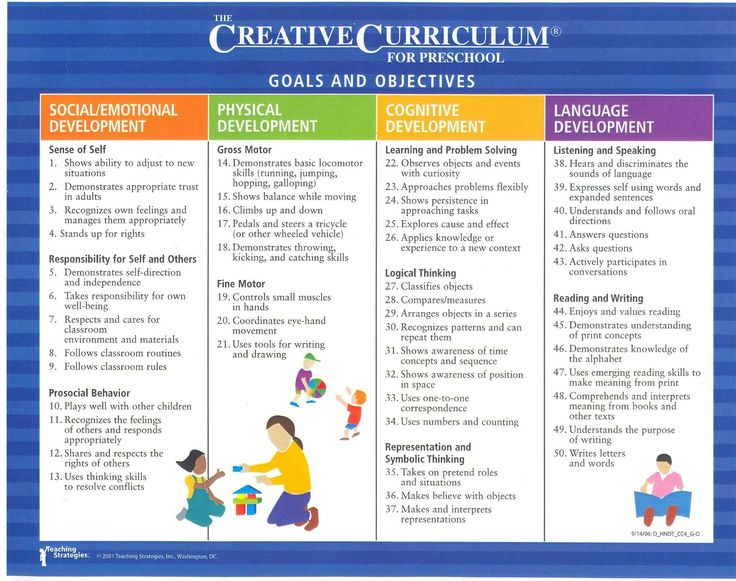 one of the most important means...
one of the most important means...
Stages of the learning process
reading and types reading in a foreign ...The process of understanding a foreign text goes through several stages. If we proceed from the fact that the correct understanding of parts can come from understanding of the whole, then the first stage of understanding a foreign language text is understanding of its general content without...
Similar articles
Technique
reading in English language : analysis of UMC for...Teaching technique Readings in a foreign language in schools of our country begins at 2,
at the end of the second grade can read to themselves and understand text 9029 9000 9000 9000 9000 9000 121 students
reinforce reading words in short phrases and sentences, and. ..
..
Mastering the technique
reading in English language in elementary ... The article is devoted to the issue of mastering students elementary school technique reading on
Linguistic component of content learning reading at the initial stage includes
Reading means reading aloud or silently. If student or student understands text ...
Teaching students
to read | Article in the collection... | "Young the object of control reading should be understanding content text , not language material; first reading text must be carried out by students themselves , which creates the preconditions for independent understanding of reading ; multiple reading of the same.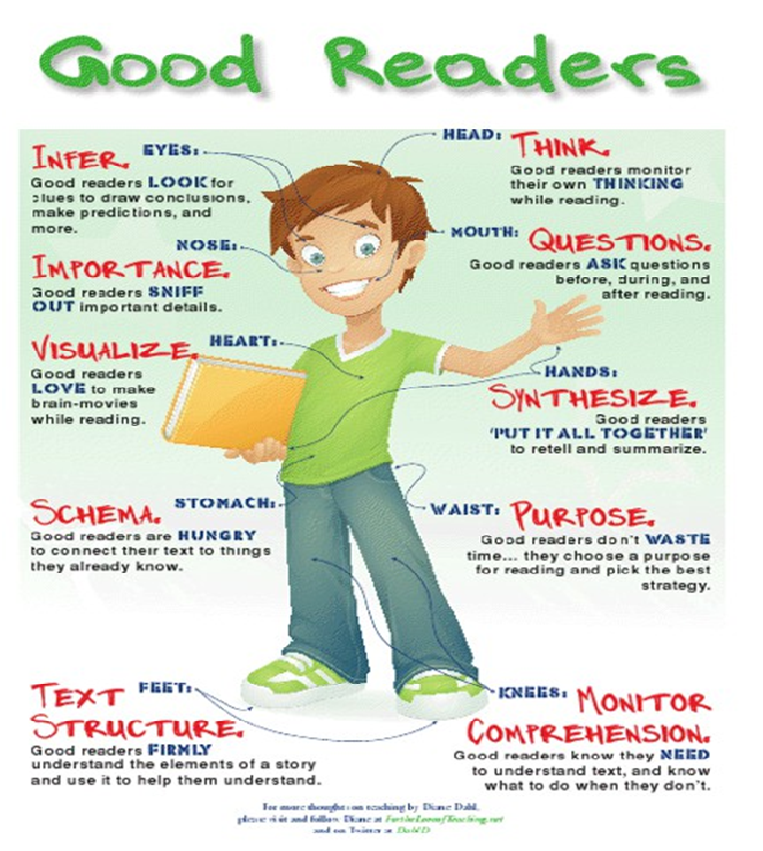 ..
..
Integration approaches in teaching
reading and writing in the classroom...Reading is getting new information from read texts with unfamiliar content, Understanding of it
Usually training Reading to English Language consists of teaching technology Readings and
If Students or understands Text , He is formed by skills .
Modern approach to education. New requirements for
texts ...New requirements for texts when teaching reading in class English language .
An important requirement for the content of texts should be considered their cultural value.
Teaching to read in a foreign language in elementary school . foreign language , reading ...
Personification in teaching
reading English elementary 0124...Mastering the technique reading in English language in the initial
stage is an independent problem. That is why we pay special attention to the formation of this skill in the process of teaching to read . We have seen that the value of applying the method...Teaching
to read in English language by example... Key words : reading , learning reading , English language .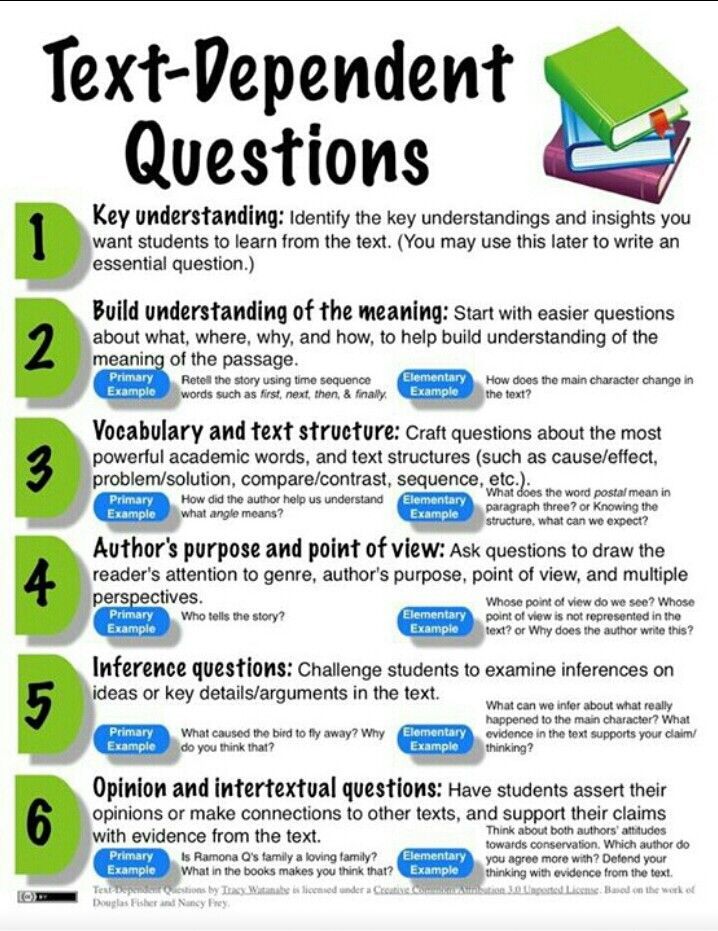 Reading is one of
Reading is one of
Learning Reading in a foreign language at initial The stage contributes to an earlier
Section English students
Mechanisms
reading as the basis for the formation of skills in technology ...Key Words : Foreign Language , Technique skills Readings , Formation Mechanisms
Their accounting when creating complexes Exercises for the formation of technology skills Readings
is an prescription, which is the prescription, which is the prescription, which is the prescription, which is the prescription, which is prescription. one of the most important means...
Stages of the learning process
reading and kinds of reading in foreign.